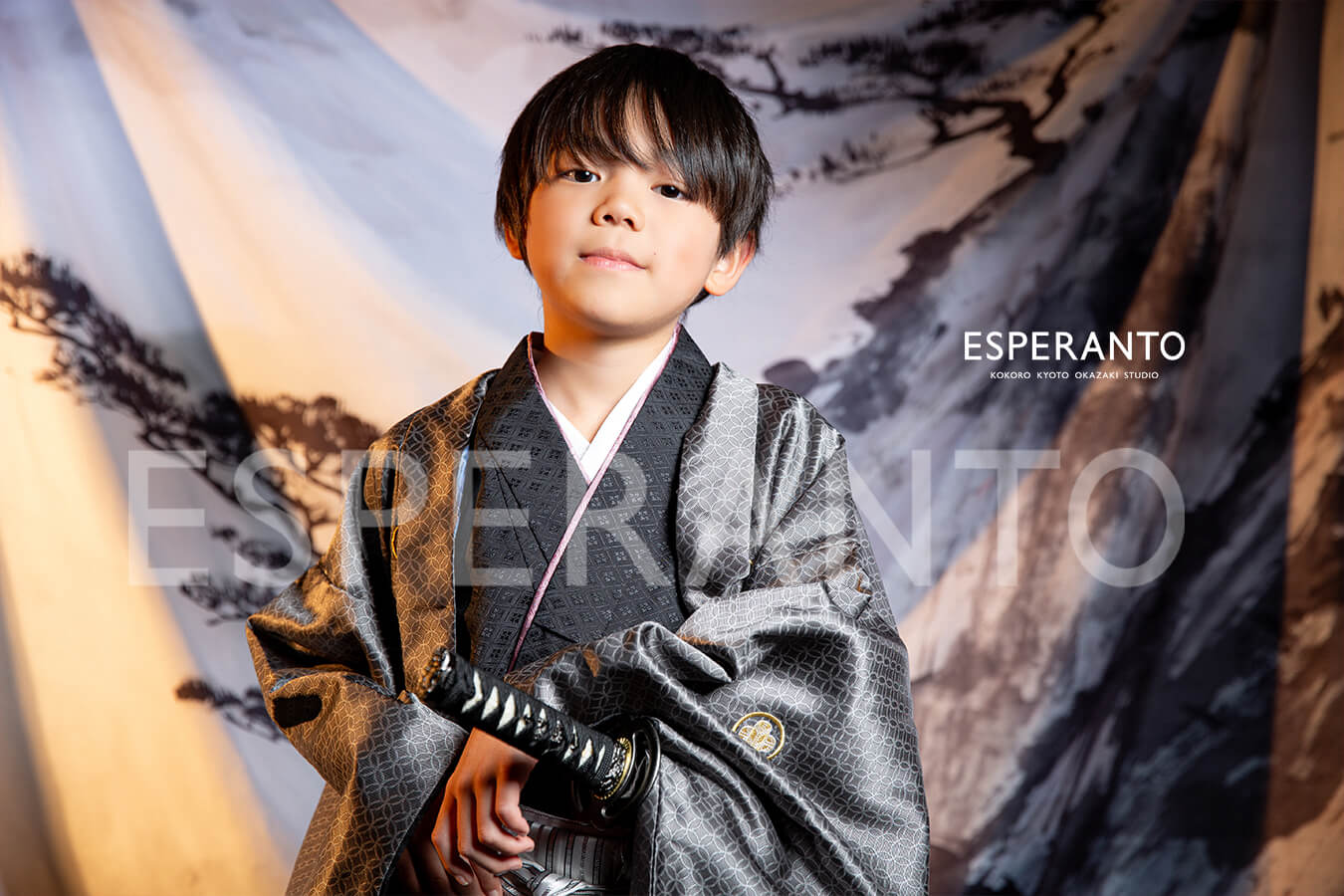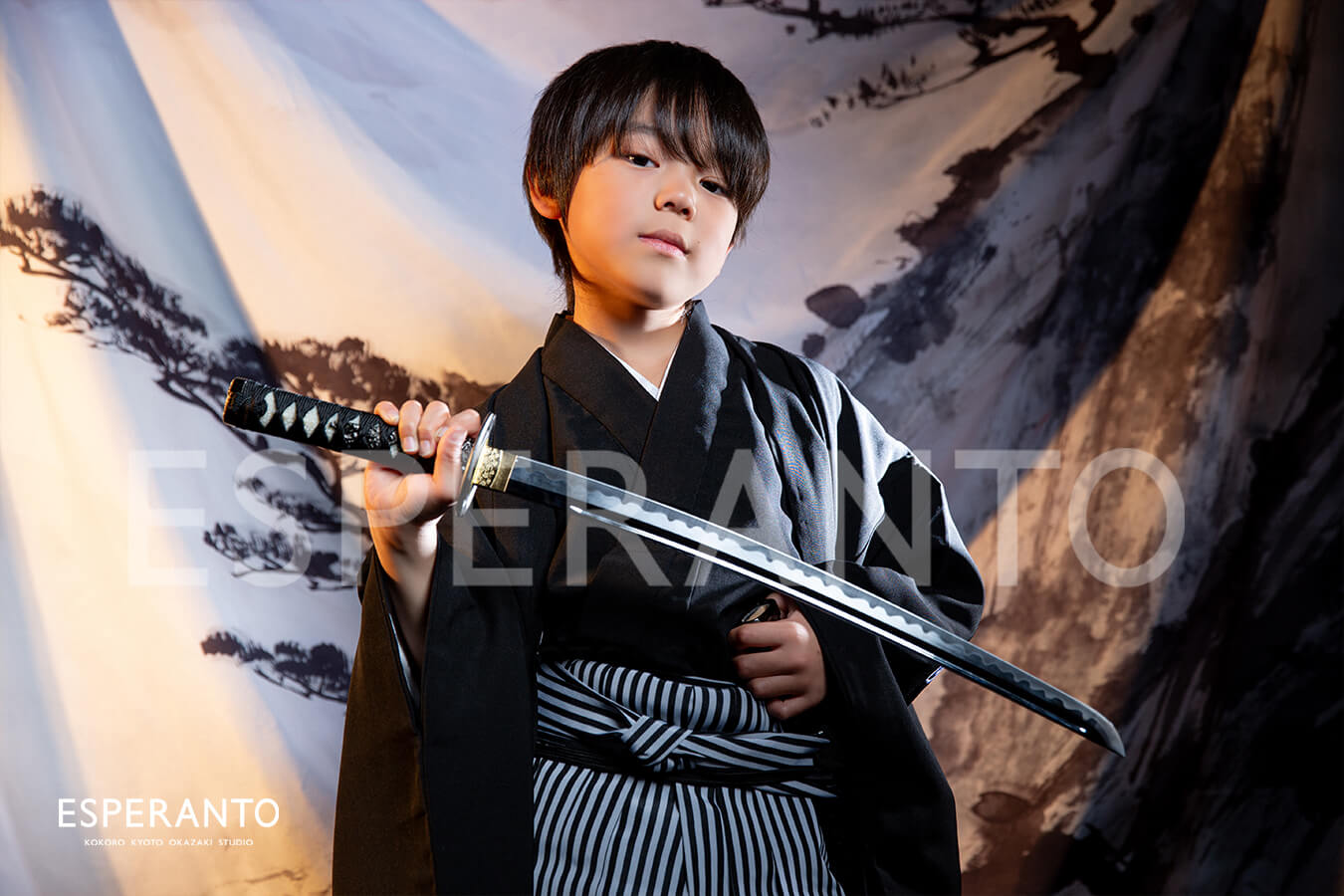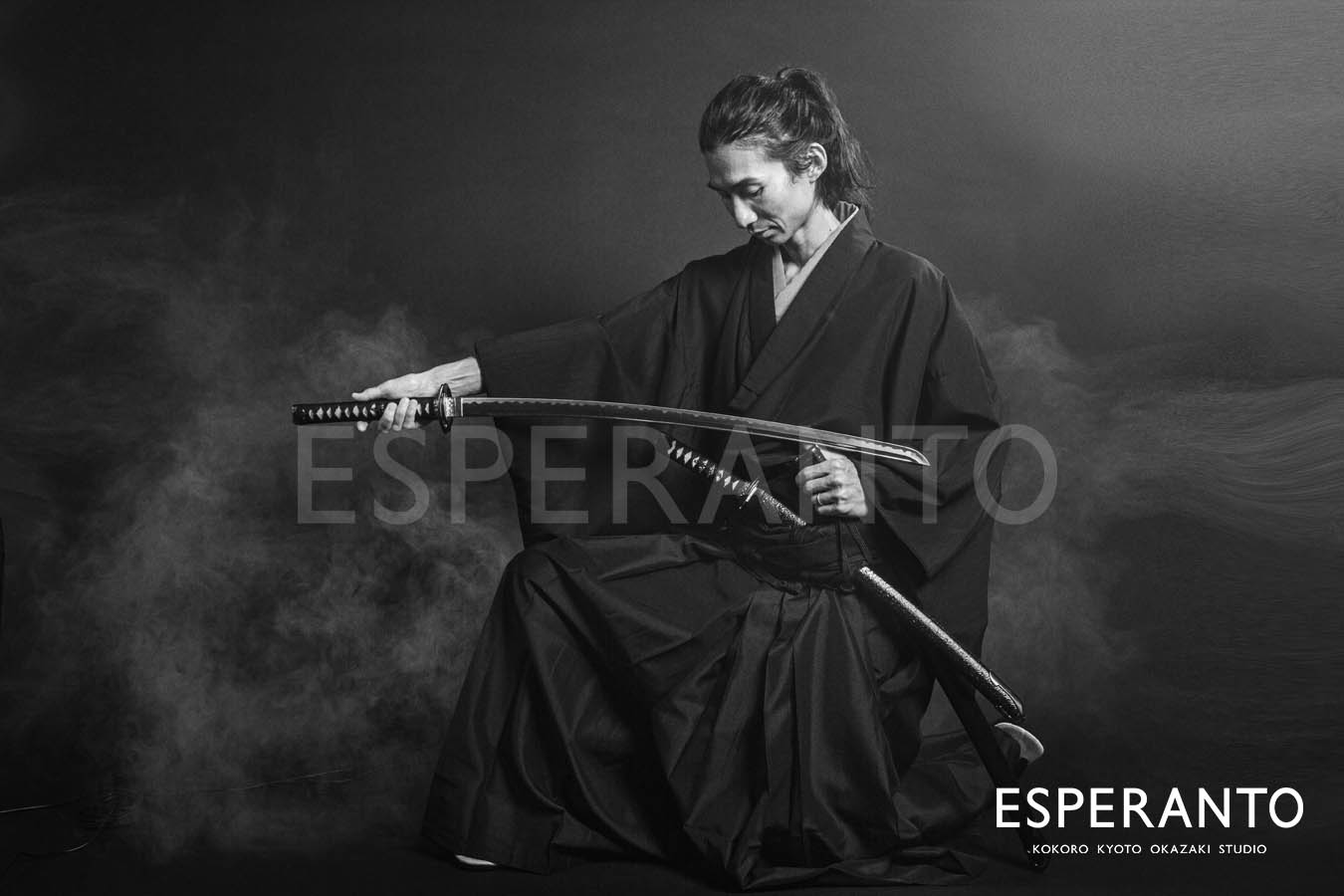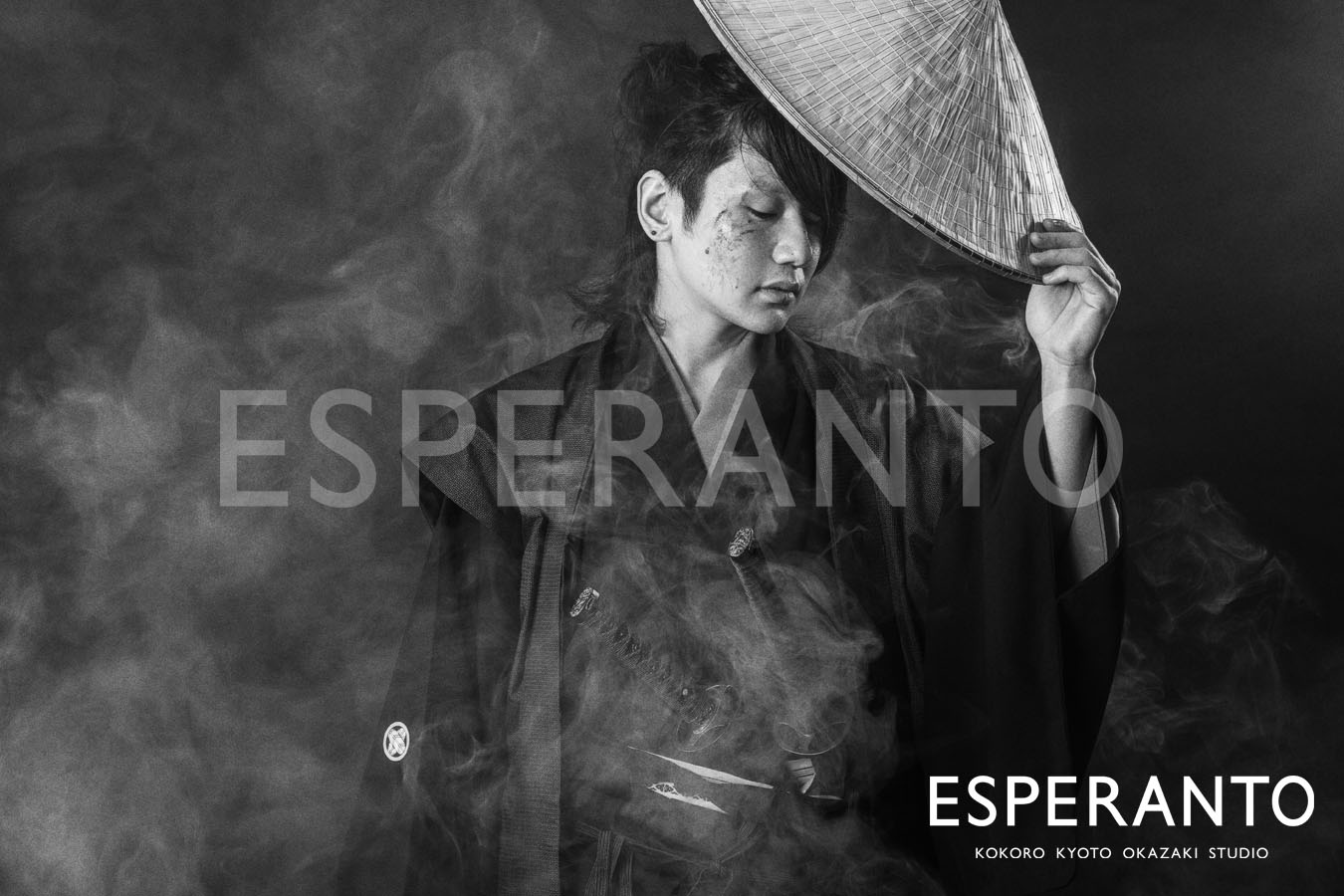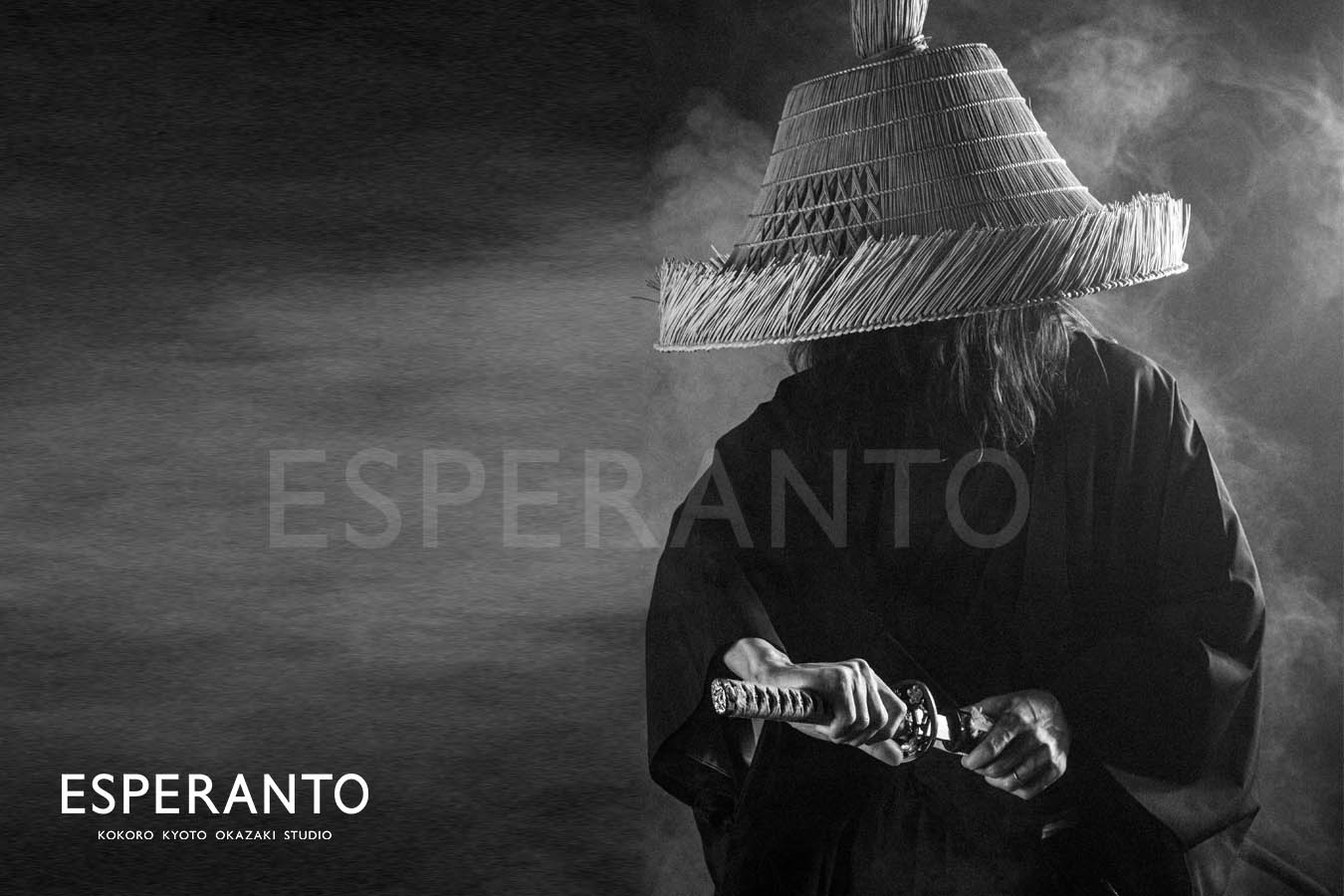Samurai photo experience
"Samurai" had an unwritten code of conduct called "Bushido", and Bushido was a moral code of the samurai class that was perfected supported by Confucianism, Buddhism, and Shinto thought. It values justice, courage, benevolence, compassion, courtesy, sincerity, honor, loyalty and self-respect.
Through samurai photography, you can get in touch with the good old Japanese culture. Why don't you become a cool samurai like a character in a Kurosawa movie as a memory of your trip to Japan?
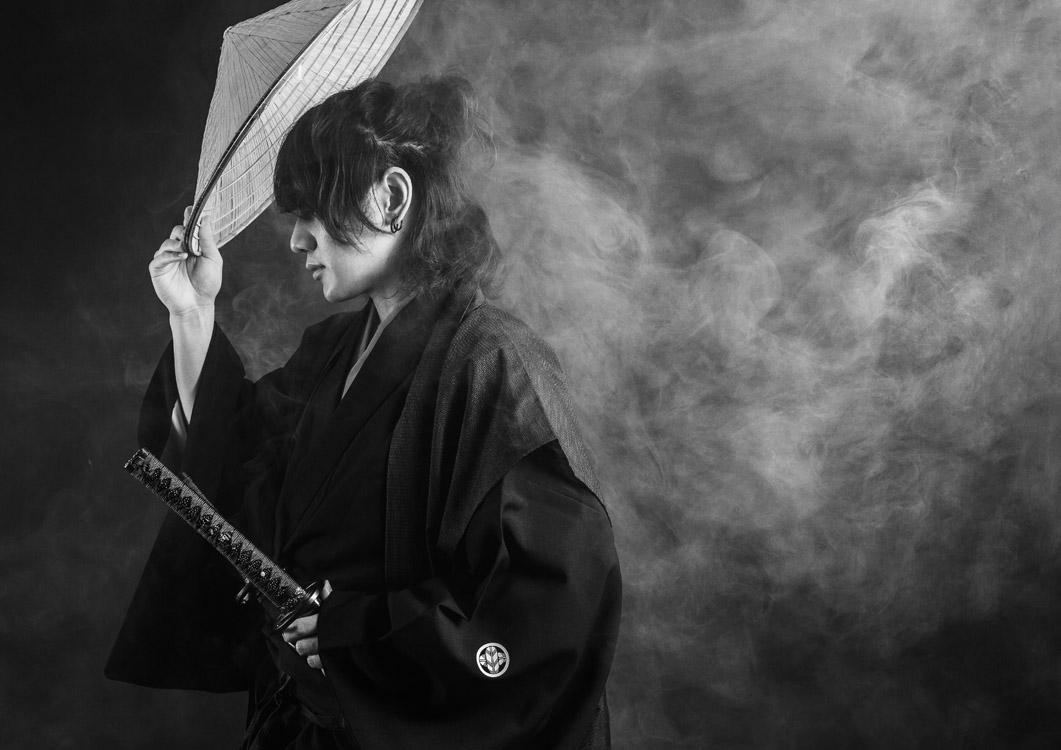
Coordination
You can look like a real samurai with an authentic kimono and an imitation sword. Let's coordinate freely like the people in those days and become the samurai figure you imagine. You can also choose your favorite sword. This item can be arranged in a ronin style by using accessories.
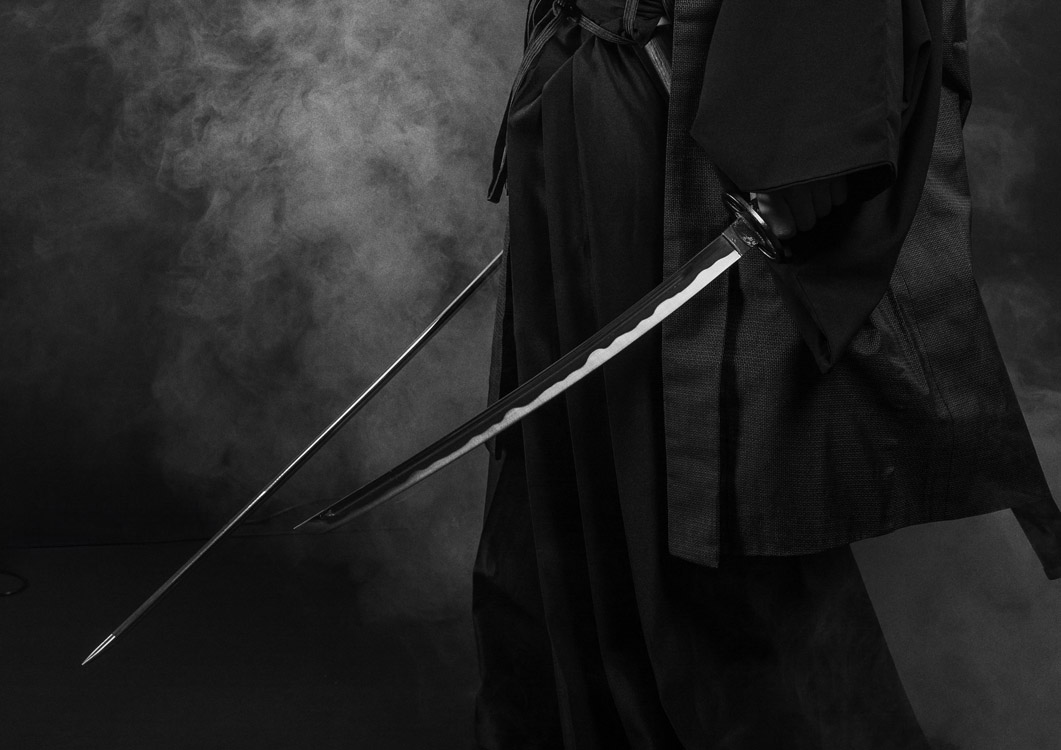
Photography
We can make you look closer to your ideal samurai figure with authentic photography that is unique to a photography studio. We produce a strong Samurai with posing based on a school of swordplay and dynamic posing using a sword. In addition to normal color photography, you can also take black and white photos in the style of Kurosawa movies.
Samurai plan
-
SAMURAI PLAN (For Men)
-
¥
16,500-
(18,150 yen including tax)
-
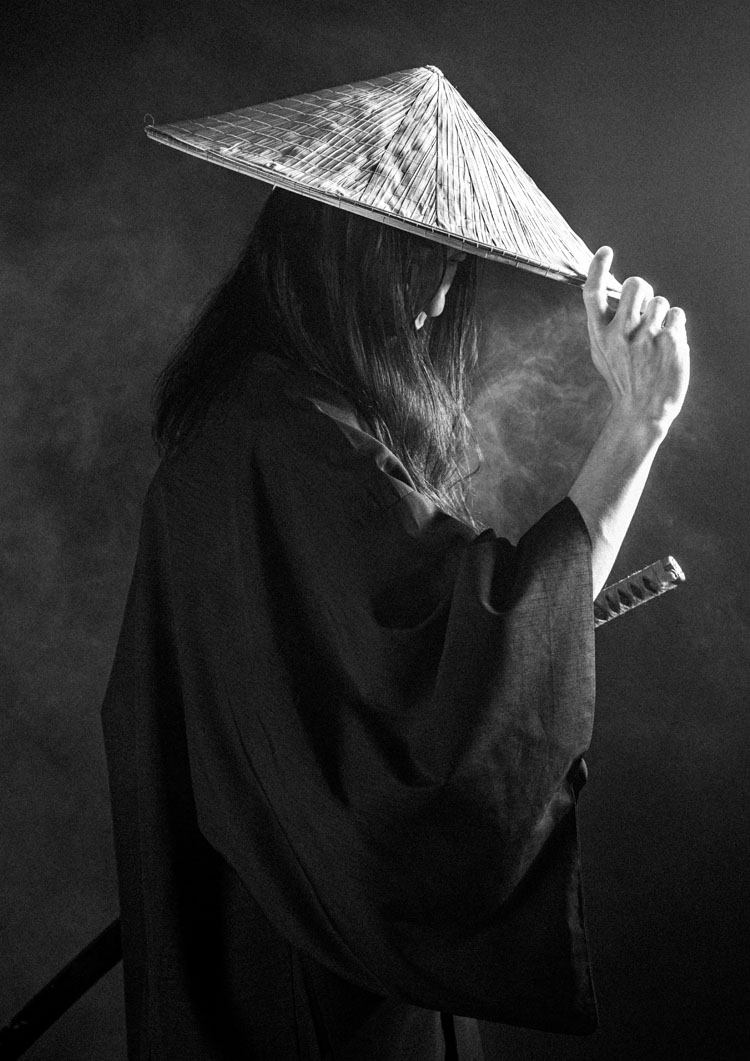 [Plan Contents]
[Plan Contents]
Rental Kimono Set & Kimono dressing
Swords and Accessories Rental
Photography using a smoke machine with background paper and ink painting in the background
Number of Shots: Approximately 30 cuts
Send 3 selected JPEG retouched digital images
Time to complete: Approximately 1.5 hours
-
Couple shooting
-
¥
+16,500-
(+18,150 yen including tax)
-
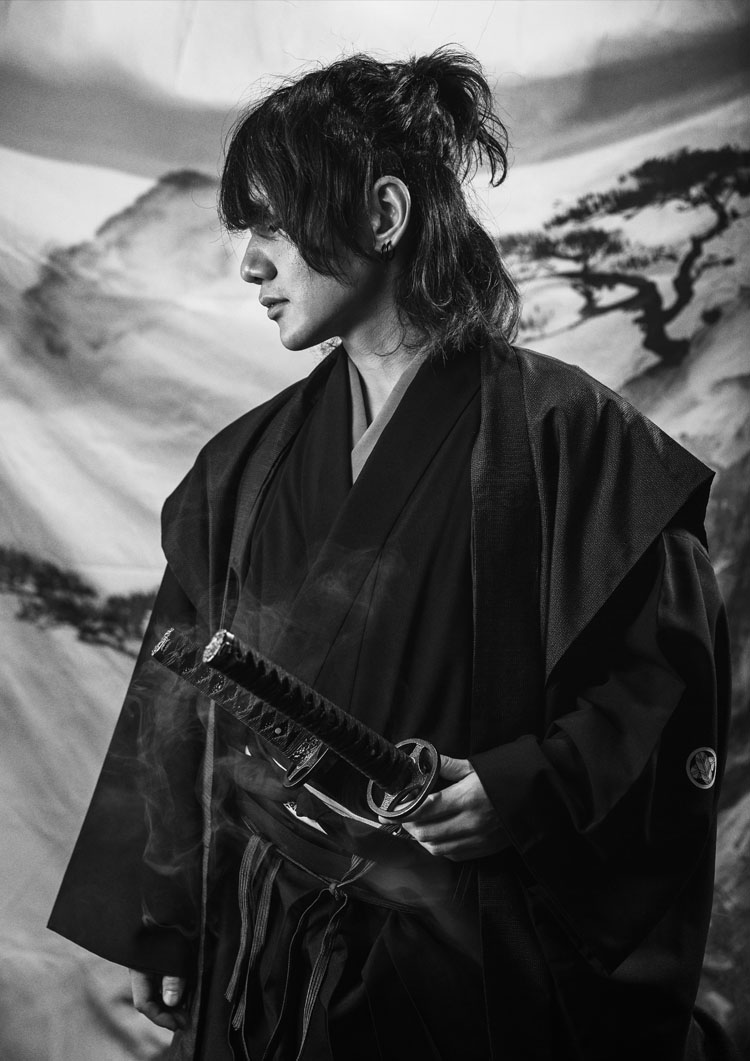 [In addition to the contents of the samurai plan.]
[In addition to the contents of the samurai plan.]
You can take about 10 pictures with your female companion.
The Samurai Plan and the female companion’s solo shooting will be about 10 less each.
Couple photos will be taken at the booth of the woman’s plan.
*This can only be added when the women’s plan is a kimono style plan.
*If a woman’s plan is multiple styles, you can take a picture together only in one style.
*The smoke machine is not used for couples shooting.
*If two people need all cut data, you can get data for two people with one purchase. (Couple photo plan only)
*We will send the retouched data within a month.
*We have kimonos for adults and children (height 125 ~ 140 cm).
Options with extra fee
ADDITIONAL RETOUCHED JPEG DATA 1,650YEN
You can add one additional retouched photo data to receive.
ADDITIONAL 4 RETOUCHED JPEG DATA 5,500YEN
You can add 4 additional retouched photo data to receive.
ALL JPEG DATA 11,000YEN
You can receive all photo data of one plan. Retouching is not included, and you receive the data in JPEG format.
1 photo print of the selected data 1,100 yen
You can print the selected correction data on a cabinet size photo.
Original photo album (not including printing) 1,100 yen
We will put the printed photos in the album.
FLOWER WALL SHOOTING 2,750YEN
After normal shooting, You can be taken in front of the flower wall. One additional retouched JPEG data to be received.
Group photo 3,850 yen per 1 person
You will take 10 cuts as a group, and you will receive 1 additional data. *Reservation required
*Due to the space, it is limited to 3 people.
*Can be used up to 2 times.
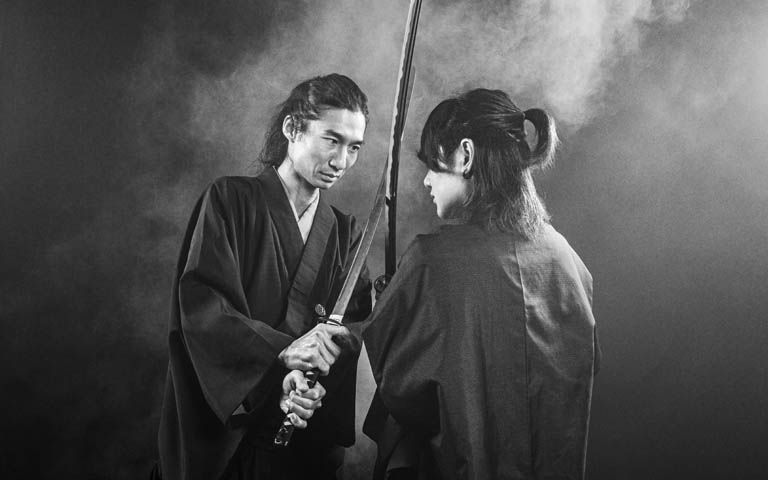
Group photos that are not optional
If more than one person experiences the Samurai Plan together, it is possible to reduce each person's solo shooting by 10 cuts and change to a group shooting of 10 cuts.

Blood makeup 1,650 yen
The makeup looks like it has blood on it and creates an atmosphere like you are in battle. *Reservation required.
Kenjutsu
You can do posing that imitates the characteristic style of kenjutsu schools. Which one do you choose?
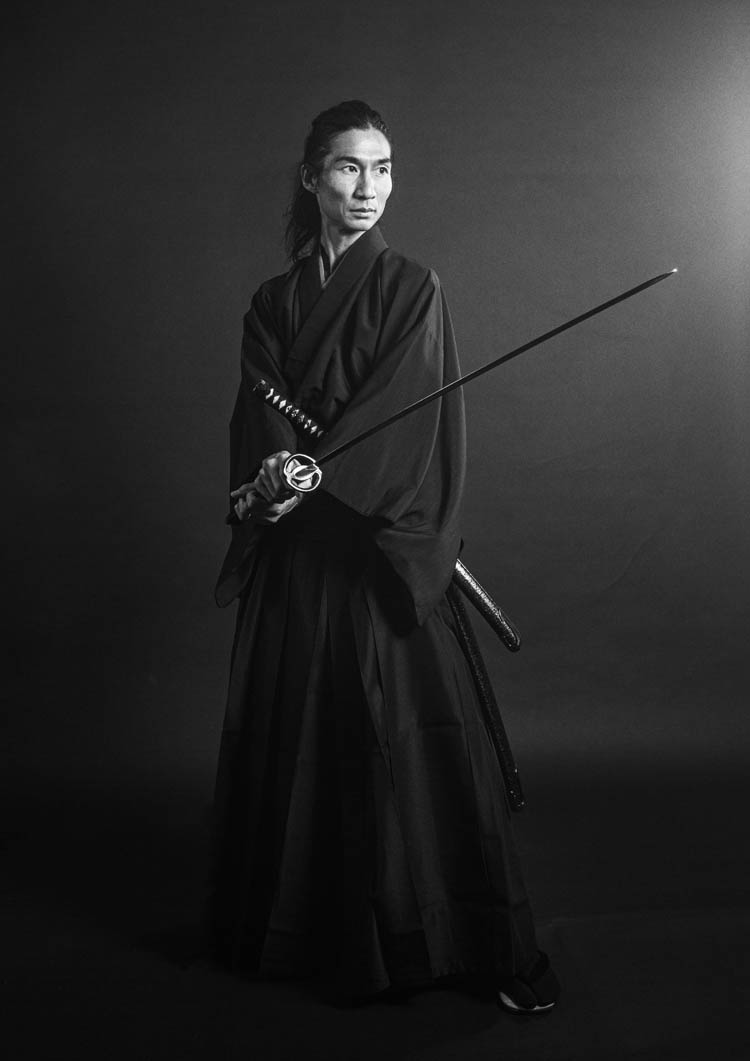
One sword becomes ten thousand swords, and ten thousand swords become one sword.
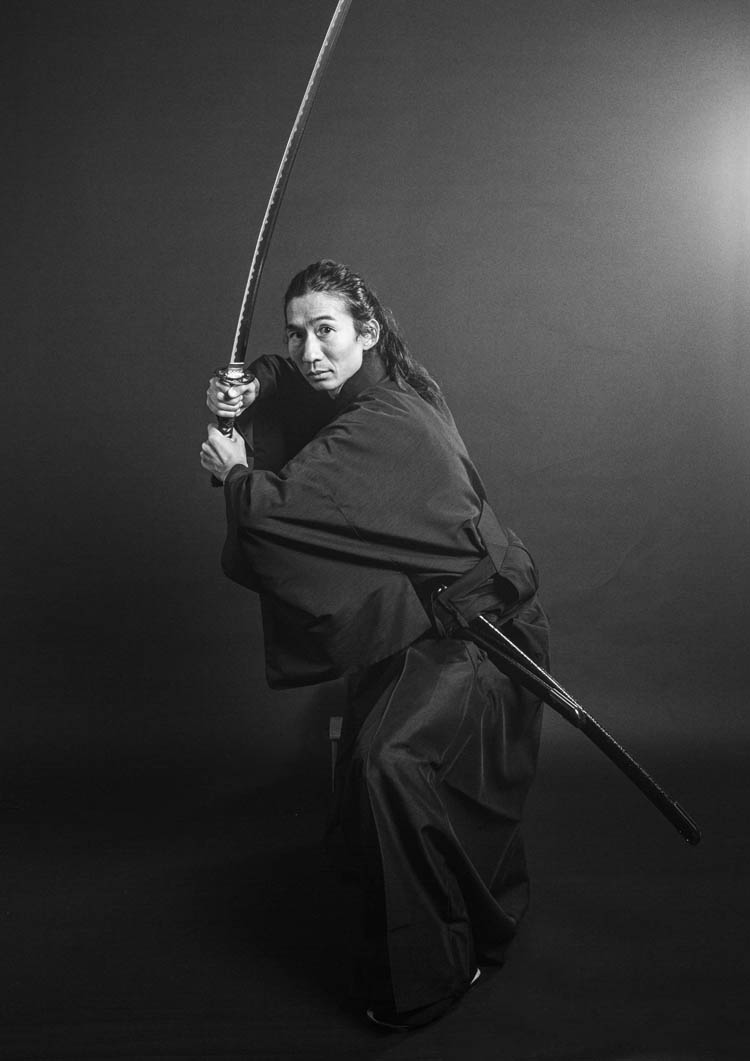
No matter how fierce a samurai's heart may be, he may fail if he doesn't know something.
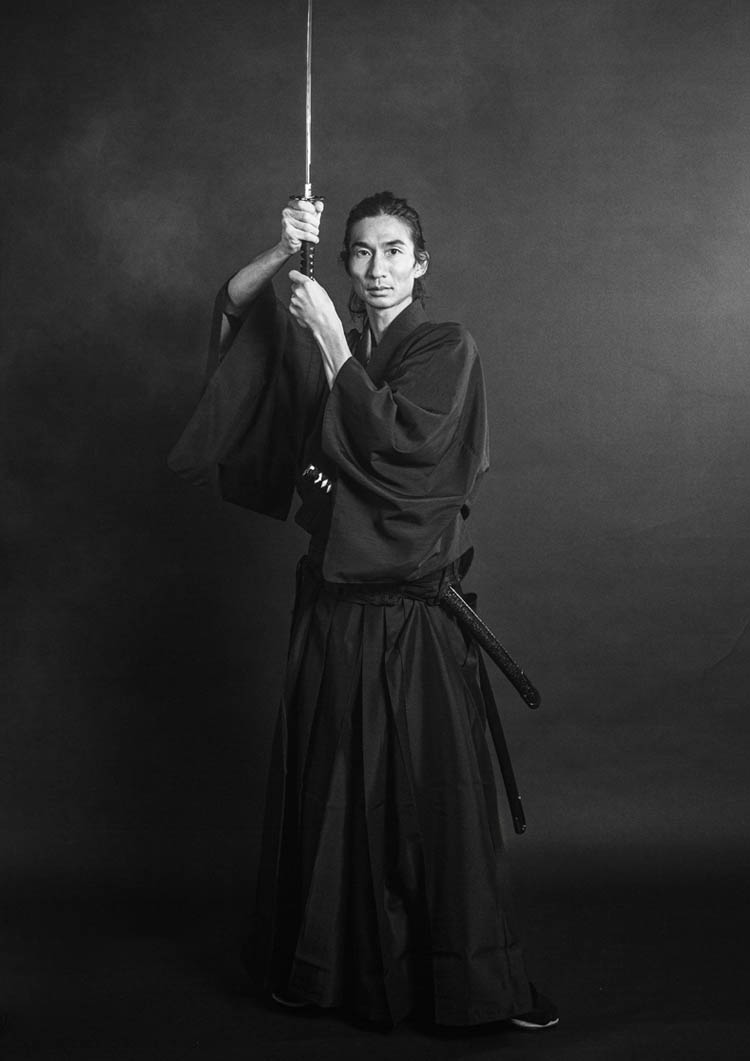
Don't doubt the first sword, don't need the second, strike the sword as fast as you can.
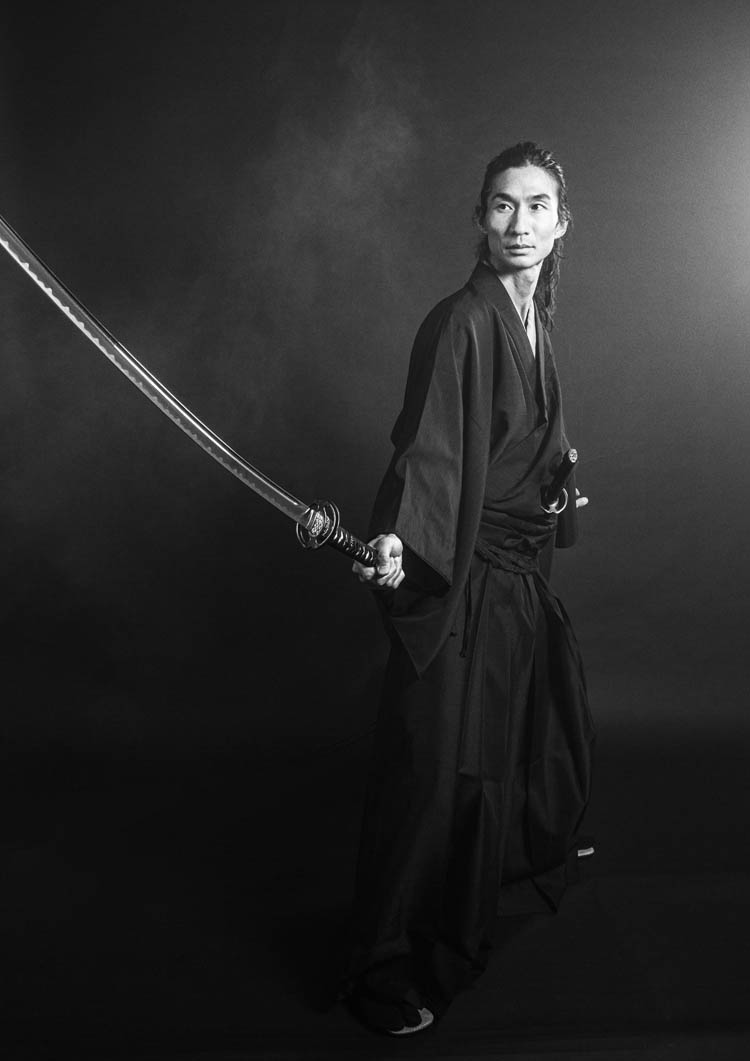
The sword follows the hand, the hand follows the heart, the heart follows the law, and the law follows God. In years gone by, the hand forgets the heart, the heart forgets the law, and the law forgets God. Change is inevitable.
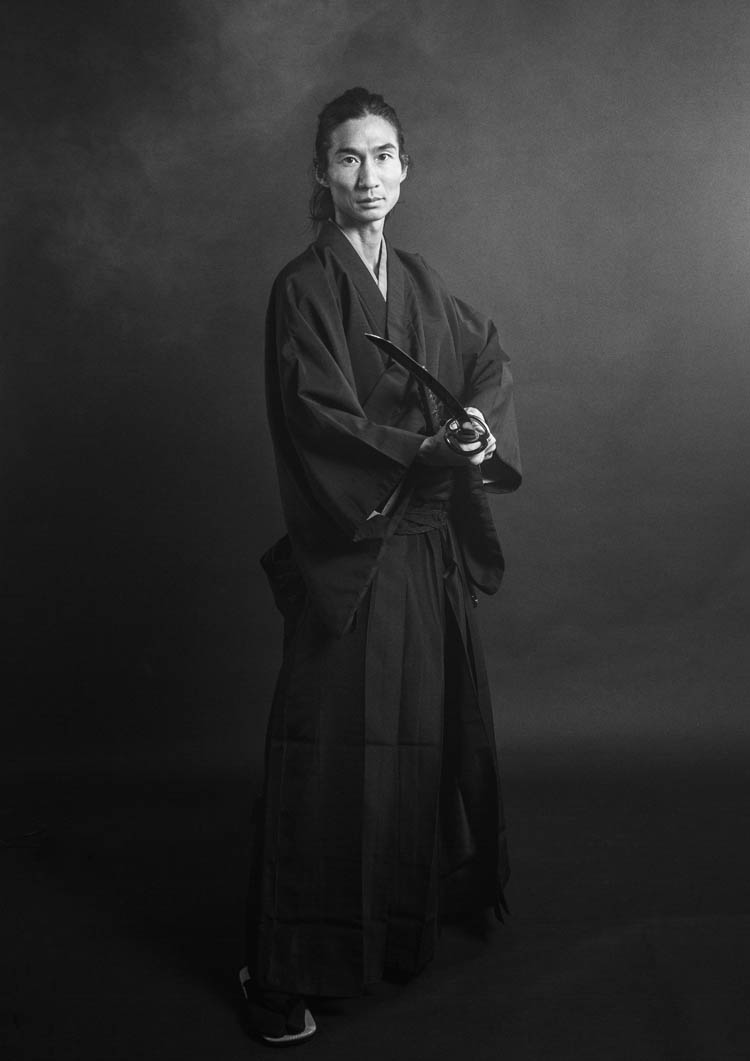
Without disobeying nature, the sword is mastered in the form of the sky and the ground.
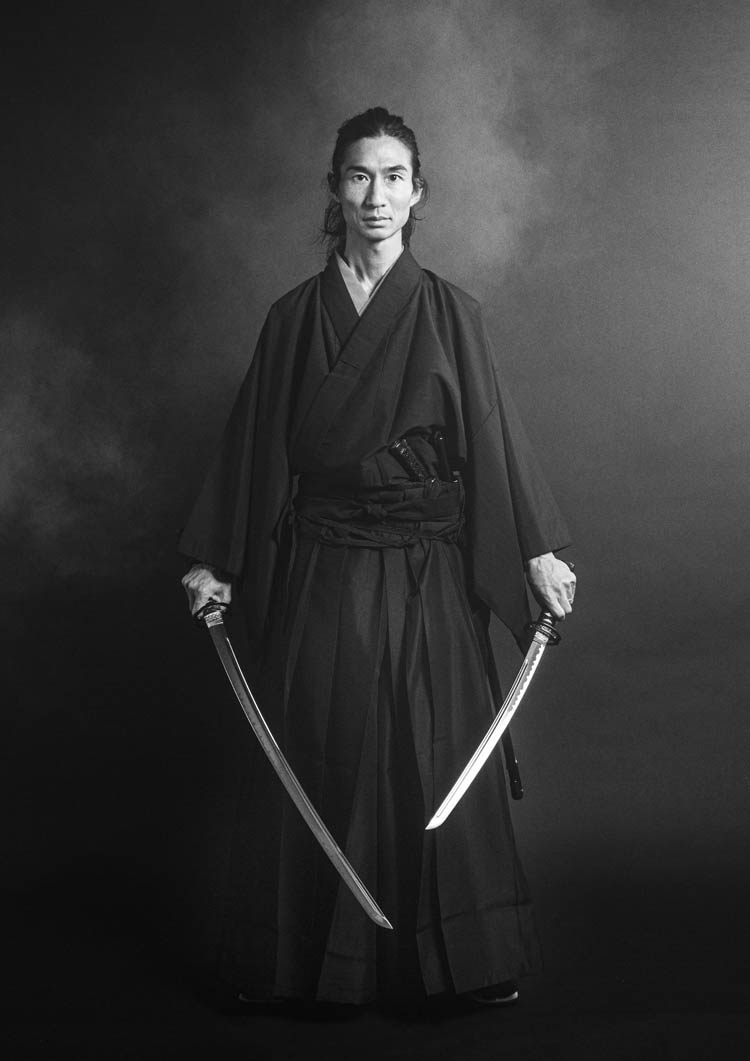
When I see the sky and the earth in the garden, I live outside it.
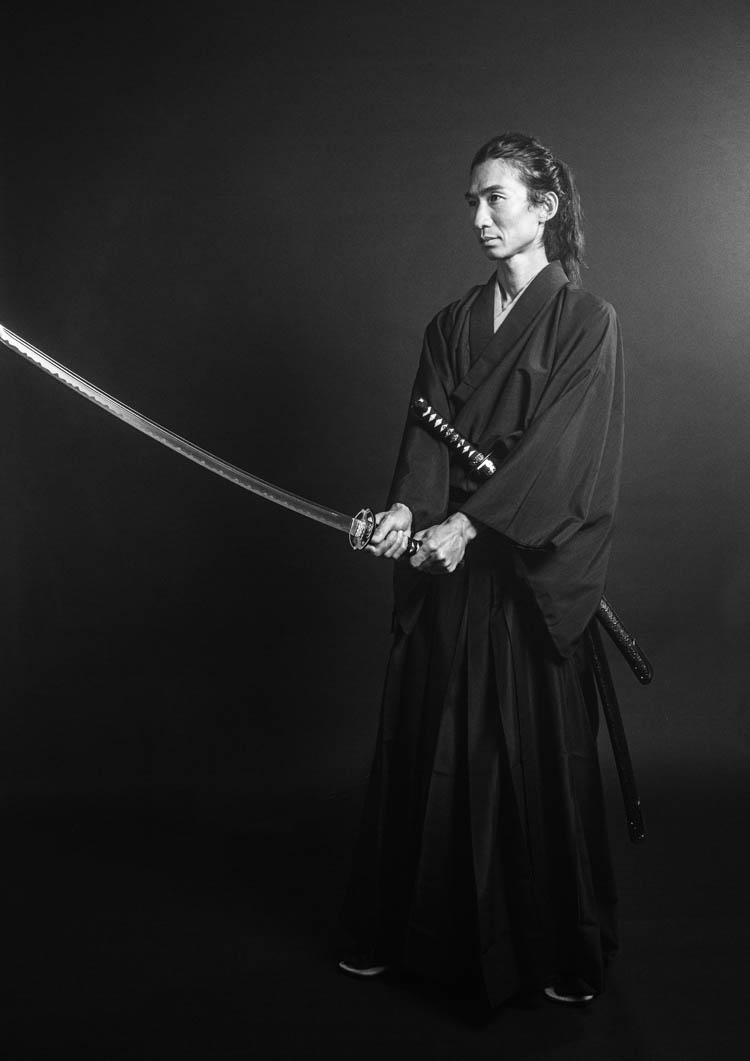
If you fail in life, you may shed all your desires and start again. The starting point is different, but the end result is the same.
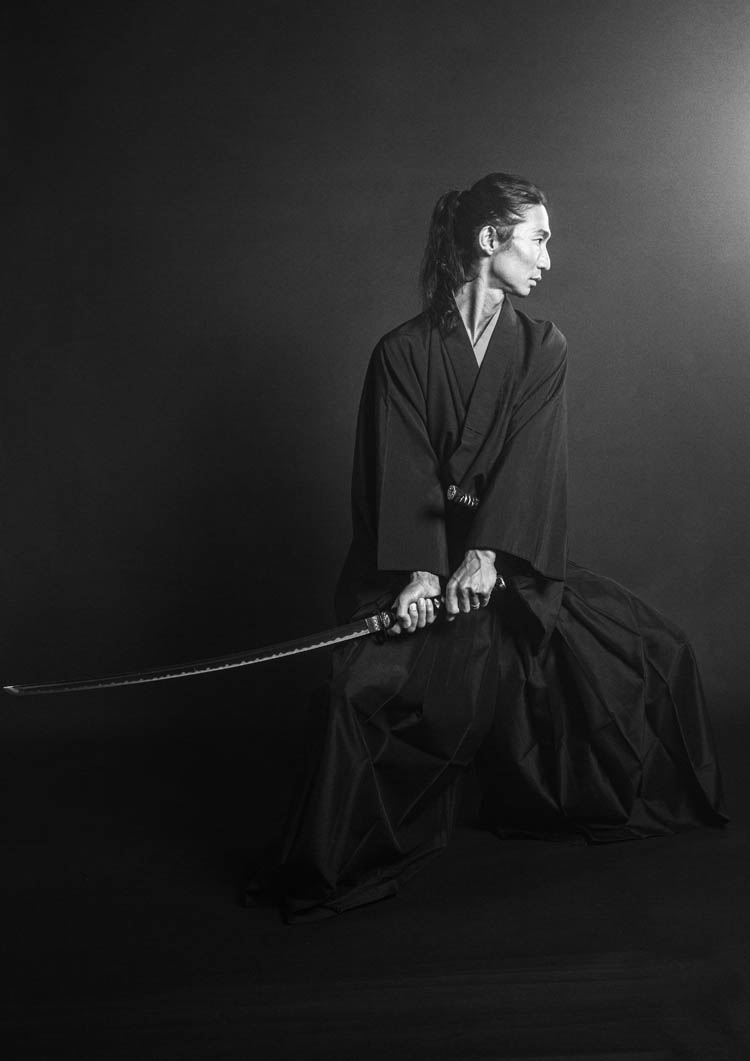
It is as if he saw the wind and used a sail, and saw the rabbit and sent a hawk.
SAMURAI GALLERY
After tapping an image, slide left or right to see more images.
About Samurai
Samurai is a general term for the Bushi. In the past, a senior Bushi who escorted a nobleman.
They were responsible for clerical and miscellaneous work, personal guardianship of senior nobles, security of the court, capture of bandits, and suppression of civil wars, and had the role of secretaries, butlers, and police officers in the modern sense of the word, serving senior nobles.
In the Heian period, it was used exclusively in the sense of serving at the side of a nobleman. From the Kamakura period, a clear definition of samurai began to emerge, and over time, such as during the Muromachi and Azuchi-Momoyama periods, a clearer status and distinction began to emerge. During the Edo period, the distinction between Bushi and townspeople or farmers was further clarified, and the boundary between the definitions of “Samurai” and “Bushi” became blurred.
“Samurai” is a relatively new word form that appeared in the 16th century. The word “Samurai” was first identified in English in 1727.
Samurai are guided by the unwritten code of bushido (bushido is a code of conduct that is not in written form). ushido developed in the Kamakura period (late 12th century). During the Edo period (17th century to mid-19th century), it was a moral code of the warrior class, backed by Confucian, Buddhist, and Shinto ideas. They value justice, courage, humanity, compassion, courtesy, integrity, honor, loyalty, and self-discipline.
From an early age, warriors are taught to be loyal to their lord, to worship their ancestors, and to be filial to their parents. By training courage, which is an important element of Bushido,
Cultivate a spirit of perseverance that does not complain about any matter.
Accept inevitable destiny calmly.
When faced with danger or calamity, deal with it calmly.
They were taught to make the wise decision to live when they should live and to die when they should die.
During the 260 years of the Edo period (1603-1867), bushido was gradually refined into the spirit of bushido, and even among the common people, there were those who were influenced by the samurai way of life. Kindness and compassion for the weak and defeated were especially admired as virtues of the samurai, and the samurai became a beautiful ideal for the entire nation. The samurai set a moral example with their own bodies, and bushido, the code of conduct for the samurai class, was accepted by the common people and eventually became the code of conduct for the Japanese people as a whole.




